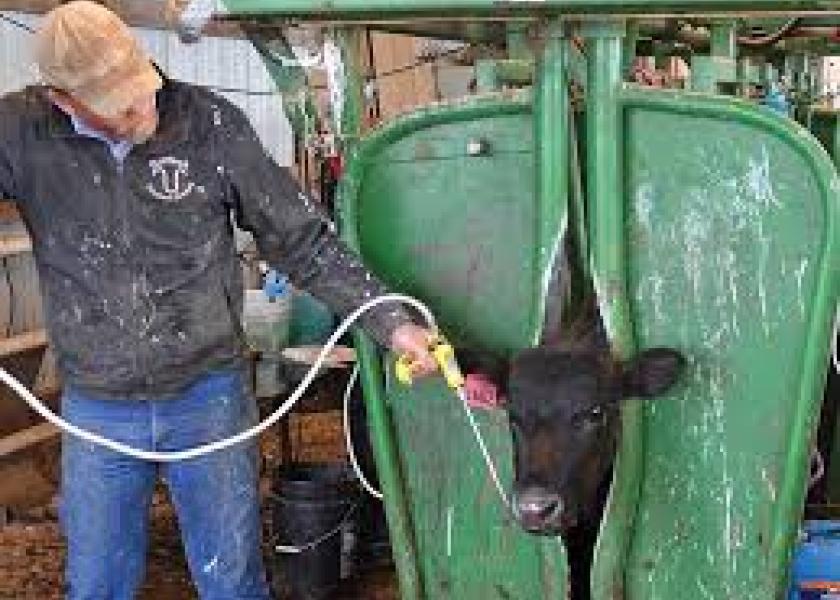Fall Parasite Control Benefits Beef and Dairy Cattle

In Dairy cattle, follow the label for treatments during November and December
What: Lice and mange are irritating dairy cow’s skin, causing hair loss, lesions and dermatitis. The impact? Weight and milk loss. Using a pour-on dewormer will kill the parasites that are eating producers' profits.
The Issue: Off-label use of an unapproved pour-on dewormer is a risky practice. Any amount of an unapproved product detected in milk is illegal and can lead to fines and lost milk sales.
The Solution: When looking at dewormers, producers should choose a product that can control internal and external parasites, is approved for lactating cows and has a satisfaction guarantee.
When: The best time to apply a pour-on dewormer is November-December, when the temperature begins to cool and external parasites become more active.
For beef cattle, use a proven dewormer right after cattle are removed from pasture
What: Some of the most infamous parasites, such as the brown stomach worm, are tougher than we give them credit for, and can survive through even the harshest weather conditions.
The Solution: Deworming in the fall can help control internal and external parasites. When looking at dewormers, producers should compare product labels and choose a dewormer that:
- Controls a broad spectrum of species and stages.
- Is weatherproof, in case it rains following application.
- Is nonflammable, if producers will be branding cattle.
When: The best time to apply a pour-on dewormer is immediately after cattle are removed from pasture.
Why: Fall deworming will kill parasites picked up during the grazing season, improve feed intakes and prevent egg shedding for the first portion of spring.







